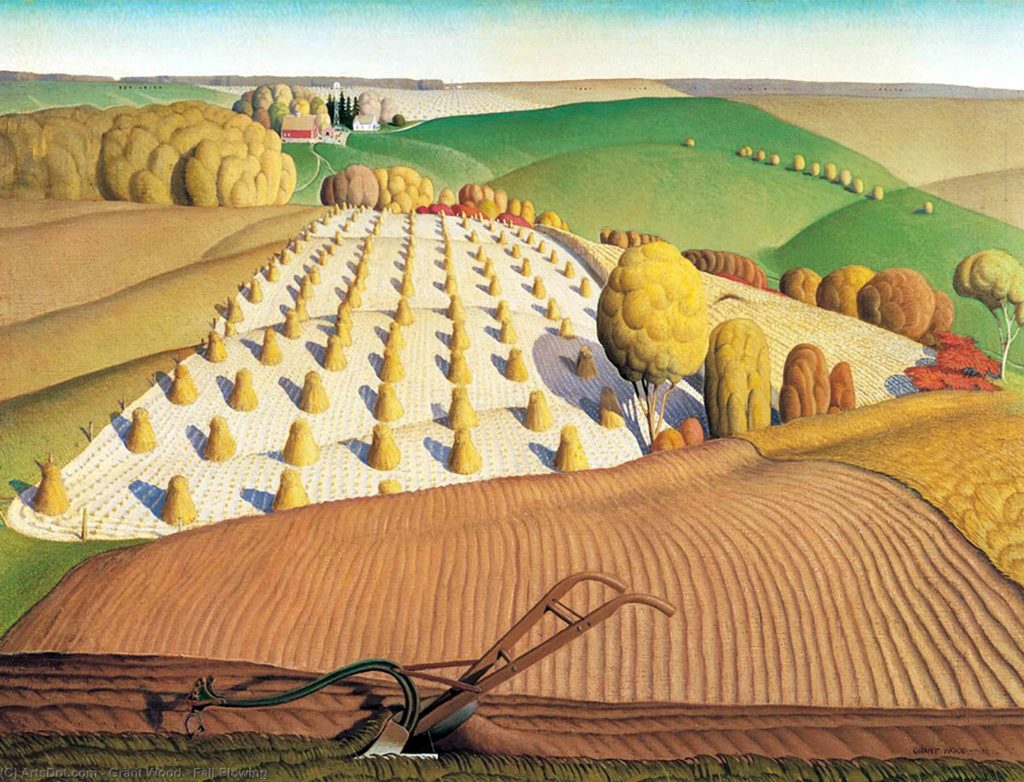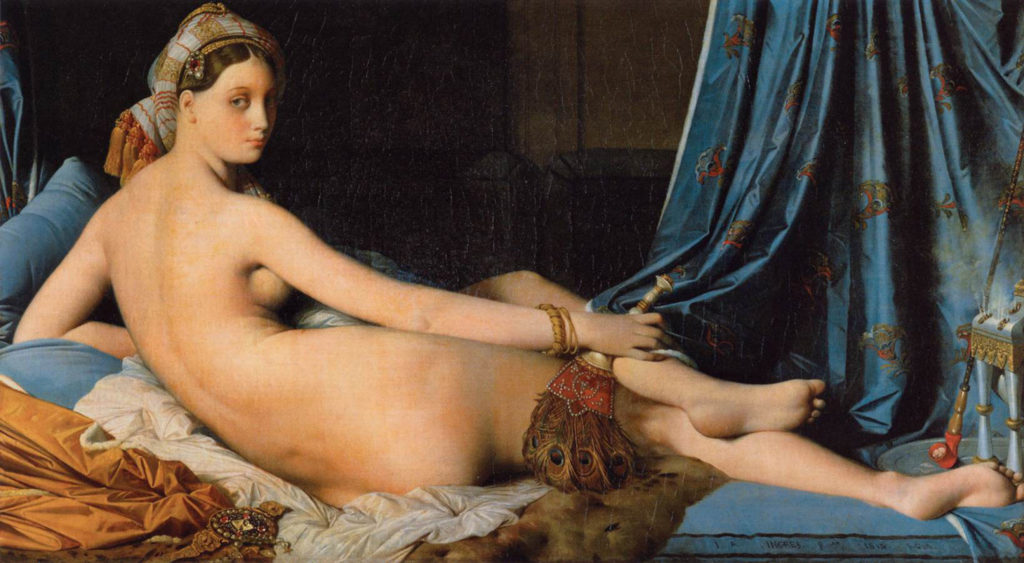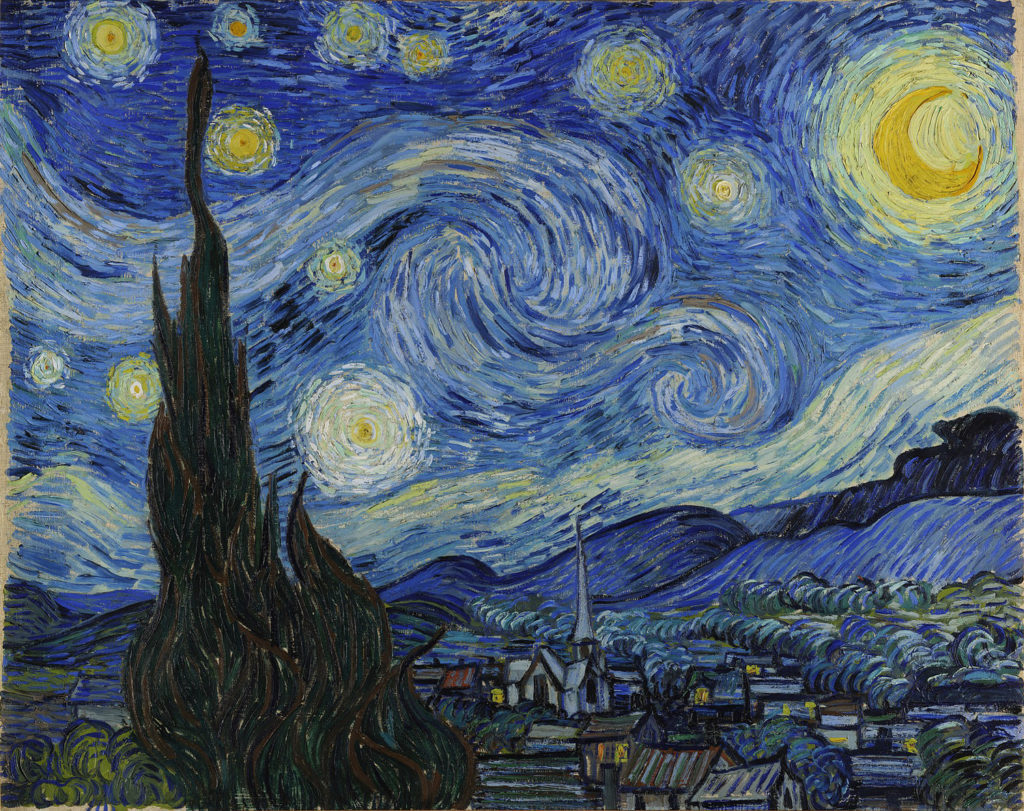The Elements and Principles of Art

15 Essentials Building Blocks for Fine Art
What if you had the keys to the artistic kingdom? With each of these essentials for making art, that is exactly what you have. Understanding and applying the building blocks of art (or the elements and principles of art, as they are often called) is what takes an artist from beginner to master.
In order to understand, deftly critique, and practice your chosen art form, you need to know the key concepts that it is built upon. Familiarity with elements of art (like color and line) and principles of art (proportion, rhythm, and contrast, among others) is what gives artists that fluency. You can build on these elements and principles with a glossary of art terms to describe art.

With your knowledge of these, you will always be able to find the joy and excitement that can surround art…and for art lovers, there is nothing more appealing than that.
Related: To start putting these elements and principles to work, download An Artist’s Guide to Composition.
Elements of Art
Think of the elements of art as the arrows in your quiver or tools in a toolbox. You use them individually and in combination for any art making endeavor. For the visual arts, these are visual elements: color, form, line, shape, space, texture, and value.
Element 1: Color
Color is described using three primary terms: hue, value, and intensity.
1
Hue defines the name of the color. If you’re calling a color “Red,” “Blue”, “Yellow-Green,” etc. you’re describing the color’s hue.
2
Value defines how light or dark the hue is. The value of a color changes when white or black is added to it. When talking about how light or dark a color is, you’re describing its value.
3
Intensity (or Saturation) is the aspect of brightness and purity of a color. High-intensity colors are bold and bright. Low-intensity colors are faint and duller.
Related: How to Speak the Language of Color

Subscribe to Artists Magazine now so you don’t miss any great art instruction, inspiration, and articles like this one.
Element 2: Form
For painters and draftsmen, form is the element of art that renders a three-dimensional form in two dimensions. In a lot of ways, it is the heart of an art object — the form itself. It can enclose a volume and includes height, width, and depth. A cube, a sphere, a cylinder and a pyramid are all different forms. Forms can also be formless — abstracted and free-flowing.
Element 3: Line
Marks made on a surface are known as line. They start at a point and move along, creating space as they go. Lines can be two- or three-dimensional, describing form or the form itself, implied, or abstract. Creating a series of parallel lines to indicate form is a technique known as hatching. Crosshatching indicates more than one set of these lines laid overtop of each other at angles to model and indicate tone.
Related: Vincent van Gogh and His Lust for Line

Element 4: Shape
The element of art that is two-dimensional, flat, or limited to height and width. A shape is typically enclosed.
Element 5: Space
Space is the element of art through which both positive and negative areas are defined or a sense of depth is achieved in a work of art.
Element 6: Texture
Texture defines the way an art object or an element in a composition feels or looks as if it would feel if touched.
To take a deeper dive, check out 7 Tools for Texture in Watercolor.

Enjoying this article? Sign up for our newsletter!
Elements and Principles of Design
If the elements of art are your tools, the principles of art are how you put them to work. It is where the style of art manipulates its substance. Rhythm, harmony, balance, contrast, movement, proportion, and variety are the principles of art.
Element 7: Rhythm
This principle of art describes the movement in or of an artwork. Rhythm is created by the variety and repetition of elements in a work of art that come together to create a visual tempo or beat.
Element 8: Harmony
This is achieved when the elements of an artwork come together in a unified way. Certain elements are repeated yet still look and feel similar. Not monotony and not chaos, harmony is that perfectly honed combination of both.
Element 9: Balance
Artists combine elements to add a feeling of equilibrium or stability to a work of art. Symmetry and asymmetry are manifestations of balance.

Element 10: Contrast
Areas of contrast are where a viewer’s eye are usually first drawn. Artists will combine elements to stress the differences between those elements. For example, if you have one darker shape and another lighter shape, you’re describing “Value Contrast.” Two shapes that are different colors are describing “Color Contrast.”
Element 11: Movement
Movement is used to create the look and feel of action in an artwork. It guides the viewer’s eye throughout a piece. A sense of movement can be created by varying lines, repeating elements, and making gestural marks among many more.
Element 12: Pattern
This is the uniform repetition of an element of art or a combination of elements. Anything can be turned into a pattern through repetition.
Element 13: Proportion
Proportion is influenced by the overall composition and the space within the artwork. It refers to how elements interact with one another, how they lead the viewer’s eye through the piece, and how they fit within the chosen format (e.g., rectangular canvas or circular sculpture). Proportion pertains to the size, scale, and arrangement of various components in relation to one another and to the whole. Achieving proper proportion is crucial for creating a balanced and visually appealing artwork.
Element 14: Variety
The principle of art concerned with diversity or contrast is that of variety. Variety is brought about by using different colors, sizes, and shapes in a work of art. It is the partner of “unity.” Artists seek the balance between “variety” and “unity.” Increasing variety makes the work less unified, making the work more dynamic and exciting, but potentially more visually confusing. Making a work more unified reduces the variety in a work, making the work easier to understand and cohesive, yet potentially less exciting.
Element 15: Emphasis
Emphasis is often used along with the term “Focal Point.” It describes the use of these elements in combination to control the viewer’s gaze and draw attention to a specific feature of the composition.
Put the Elements and Principles of Art Into Practice
If this guide has been a refresher in the very best of ways, then you know you are ready for the next step of your art journey. Put the elements and principles of art into practice in your next artwork. Make it your best—and something you are proud of.
More Resources for Beginner Artists
- Mastering Art Fundamentals
- A Beginner’s Guide to Drawing Facial Features
- Painting Composition Tips for Beginners
- An Art Glossary for Artists
Enjoying this article? Sign up for our newsletter!
From Our Shop



















Muy Inteligente!
You are a smart girl yourself! I completely agree with your point about rhythm, it was so funny when she said that because it was true about rhythm! Haha.
Great article, Courtney! I loved the part when you talked about rhythm, haha so funny!